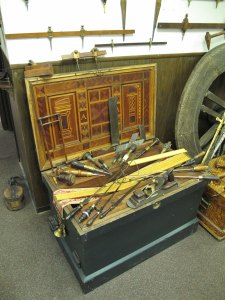Tighter Joints with Kiln-dried Wood –
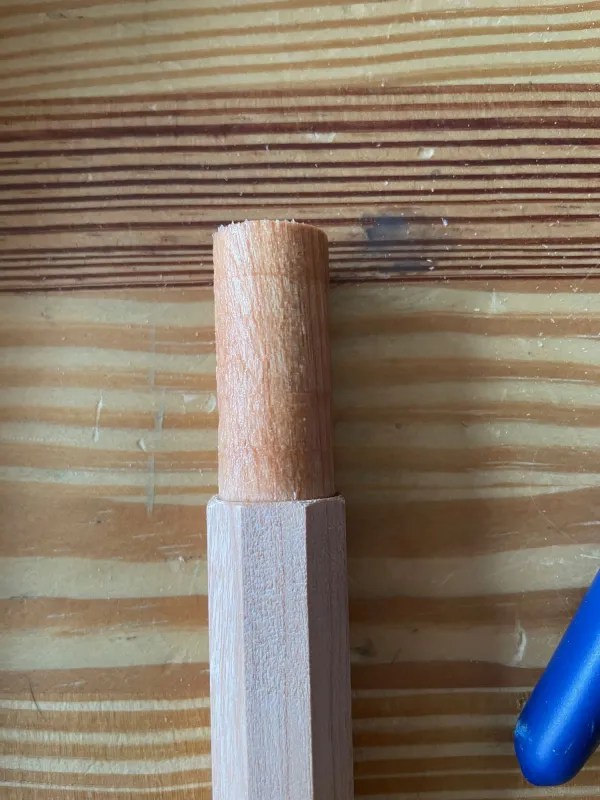
Most of my chairs are made with kiln-dried hardwood from the lumberyard. Its moisture content is usually at equilibrium with my shop – just like a good flat woodworker would want.
But I know and respect the wet/dry construction methods used by Jennie Alexander and other chairmakers who use moisture content to strengthen mortise-and-tenon joints. (An oversimplified explanation: A wettish leg mortise shrinks on a dry tenon rung to lock the joint.)
After much flailing about and experimentation, here is how I now imitate that process with wood that is kiln-dried.
Let’s say the joint has a 5/8” (.625”) mortise, which I drilled with a spade bit. I then make the tenon about 15 thou oversized (.640”). This size tenon is too big to enter the mortise.

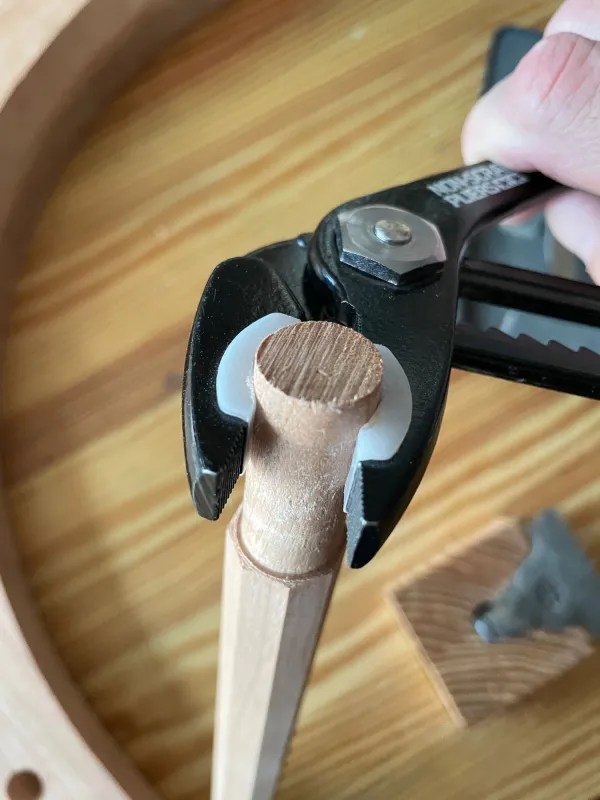
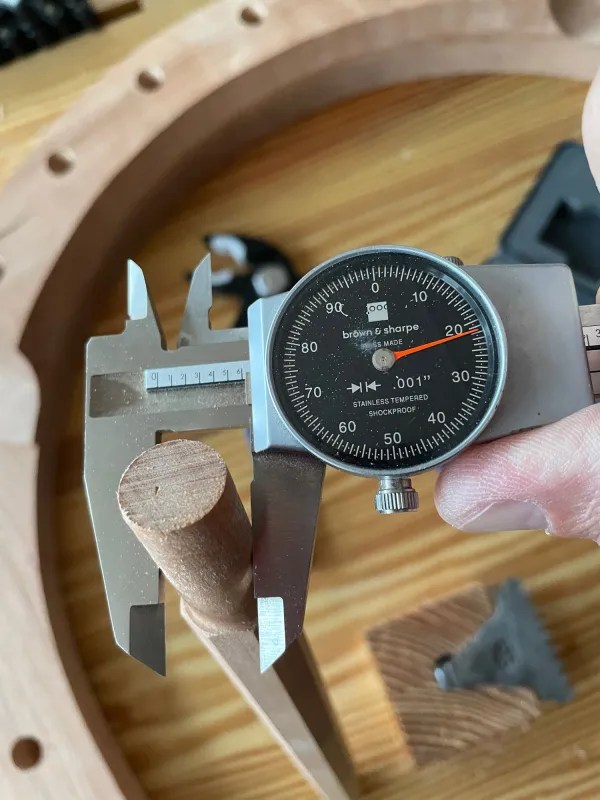
So I compress the tenon with soft-jaw pliers. By using a firm grip on the pliers and rotating the tenon, I can compress it to just under 5/8” in diameter (.620”). This tenon will easily fit into the mortise.
Then, when I add hot, wet glue and put the joint together, the tenon swells up to (nearly) its original size, locking the joint.
I know this is true because I’ve done a lot of experiments where I have cut apart sample joints. Plus, I have made a lot of chairs this way. But here is a simple experiment you can try, which is more decimal.
First, some facts. The common woodworking glues (both PVA and hide glue) are about 40 percent water. I use liquid hide glue for almost all of my joinery, plus a little PVA here and there. (Note that there are waterless glues out there, especially polyurethane glue. I haven’t experimented with these glues, so I have no opinion on whether they would work.)
So when I take the compressed (.620”) tenon and dip it in some warm water for a second or two, it swells. (This is much like steaming out dents in pieces of wood with a wet rag and steaming clothes iron.)
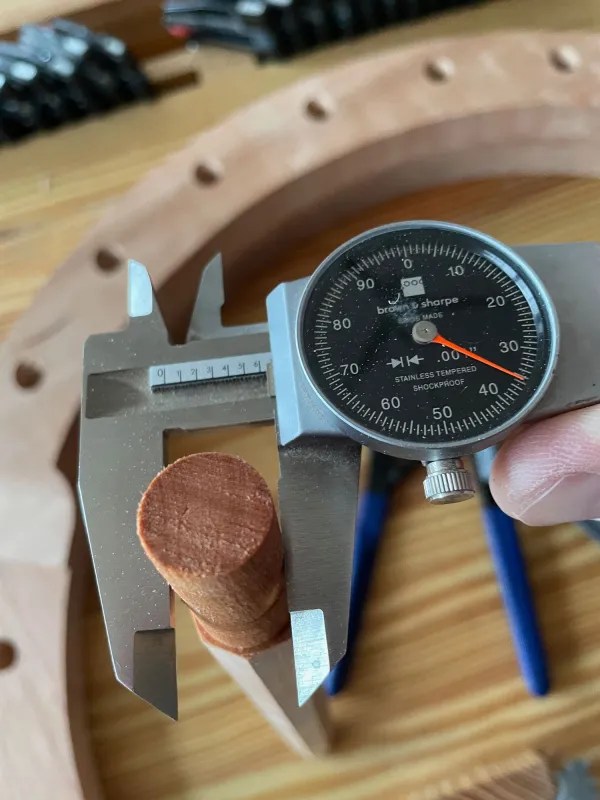
After a couple minutes, the tenon swells to .635”. After an hour or two, it swells to almost its full size (.640”).
When I assemble a chair, I can feel this process at work. The tenons enter the mortises with a little effort. The hot, wet glue hits the mortise and within 10 seconds or so, the joint becomes difficult to rotate. After a few minutes the joint is impossible to move.
If this seems like a lot of work, it’s not. It might add 10 minutes to the entire construction time involved in a chair. But I suspect those 10 minutes of extra work might add years to the lifespan of a chair.
Try it before you decry it.
— Christopher Schwarz
